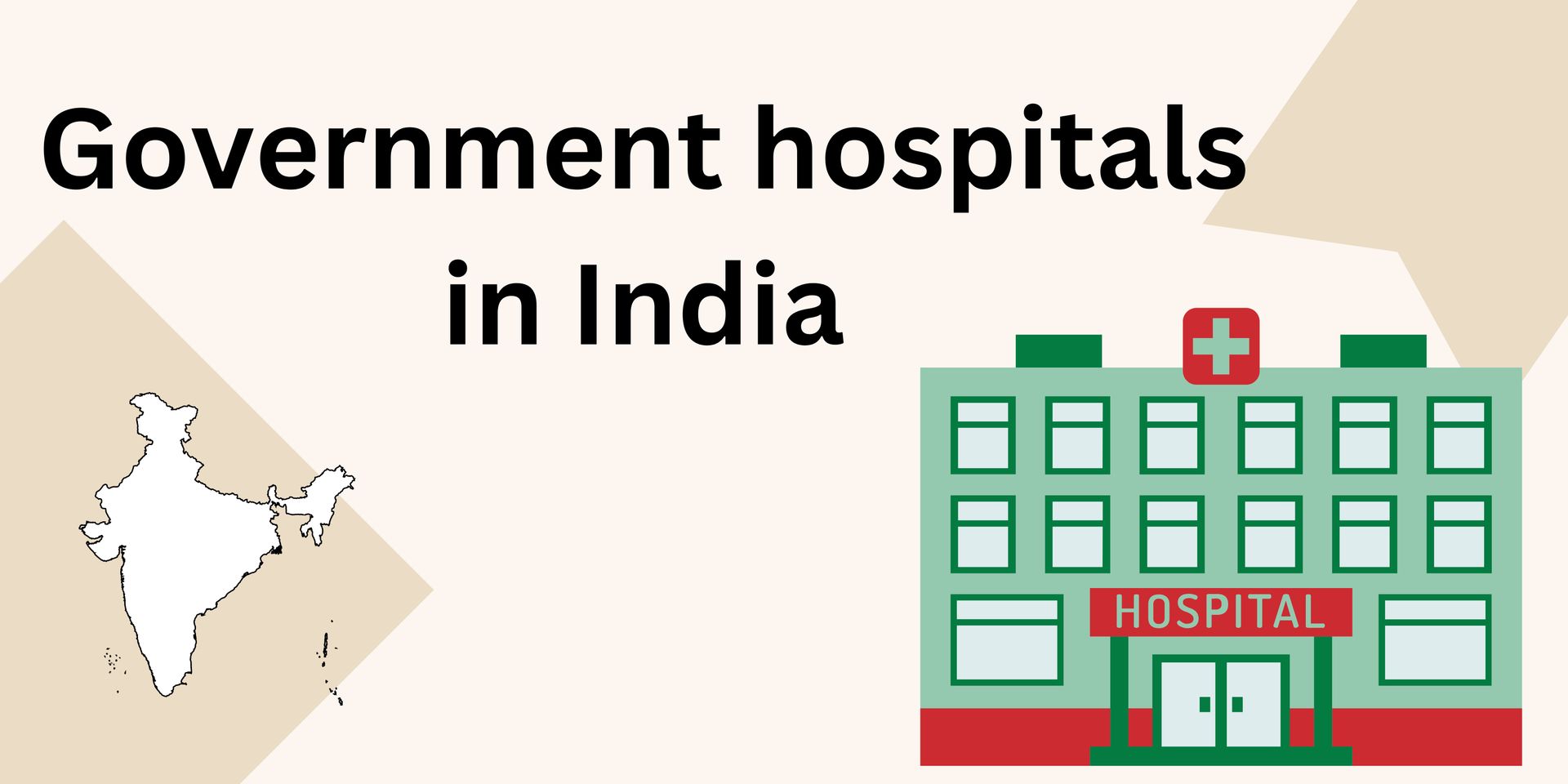Overview
Unexpected events have a way of testing the strength of a household’s financial and health systems. A single hospital visit, a sudden loss of income, or a breakdown in childcare can upset even well-managed budgets if families are caught unprepared.
Families that prepare ahead of time place themselves in a better position to respond without panic. They are able to cover essential needs, make deliberate decisions, and maintain a sense of control even when circumstances shift quickly.
Term life insurance provides affordable, temporary coverage, offering a death benefit to beneficiaries if the policyholder passes away within the term. It's essential to calculate the coverage based on income, debts, and future obligations to ensure financial security for your loved ones.
Let’s see how:
Tracking Household Cash Flow
Budgets cannot function well without visibility into how money moves in and out of the household. Income may remain steady, but spending often shifts from month to month. Groceries might rise with seasonal changes, utility bills may spike unexpectedly, and discretionary purchases can accumulate quietly. Without tracking, families may not realize how much money is being absorbed into areas that do not support their priorities.
A monthly review highlights patterns, both good and bad. It reveals areas where spending is stable and areas where adjustments are needed. This process does not need to be complex: a simple spreadsheet, a budgeting app, or even a handwritten log can be enough.
Safeguarding Household Income
Every major expense, like housing, food, transportation, education, and utilities, depends on reliable earnings. A sudden interruption, such as the death or disability of a primary earner, can have a lasting impact that ripples through the entire household. Protecting income is a necessity for long-term stability. Families who make this part of their planning are more confident that their basic needs will continue to be met, regardless of what happens.
One tool many families rely on is a term life insurance policy. This type of coverage provides a financial payout that supports dependents if income is suddenly lost. The benefit can be used to pay mortgages, cover medical bills, or fund education, keeping the household on track during a difficult time.
Keeping Medical Savings Separate
Healthcare costs are one of the most common reasons households face financial stress. Mixing these costs into general savings creates uncertainty about how much is truly available when a medical need arises. A dedicated medical savings account eliminates that confusion by keeping funds separate and easy to identify.
Building a medical fund should be approached like any other recurring expense. Setting aside a small amount each month, even if modest, creates a growing reserve over time. This money becomes the first resource when a family member needs treatment, allowing long-term savings to remain untouched.
Creating a List of Priority Expenses
Emergencies place households under stress, and decision-making during those moments is often clouded by urgency. Families may find themselves debating whether to pay a utility bill or buy groceries, which only adds pressure. A list of priority expenses prepared in advance removes that uncertainty. It outlines which bills must always be paid first, creating order in a time when clarity is needed most.
The list should include essentials such as rent or mortgage, electricity, water, food, and healthcare. Once those items are identified, everything else can be considered secondary and adjusted depending on the situation.
Preparing a Backup Childcare Plan
Childcare disruptions create immediate consequences. When regular arrangements fall through, parents may have to miss work, leading to lost income or strained job security. Scrambling for last-minute solutions often results in costly alternatives or unreliable arrangements. A backup childcare plan removes much of that uncertainty by providing pre-identified options that can step in when needed.
Families can start by identifying relatives, close friends, or trusted neighbors who are willing and able to help. In addition, professional services that can be scheduled at short notice should be researched and kept on hand.
Plan for Job Loss Scenarios
Few events affect a household more severely than job loss. Income stops immediately, yet bills continue arriving on schedule. Families caught without a plan may find themselves relying heavily on debt, creating long-term financial challenges. Preparing a structured plan in advance allows households to respond with clarity rather than panic when faced with unemployment.
The plan should begin with immediate actions: reducing discretionary spending, pausing nonessential services, and applying for available benefits. Secondary steps may include drawing from emergency savings, updating résumés, networking, and pursuing temporary income sources.
Setting Limits on Discretionary Spending
Unrestricted discretionary spending is one of the fastest ways for households to weaken their financial safety net. Entertainment, dining out, and impulse purchases can quietly absorb large portions of income, leaving little room for emergencies.
Limits can be set in simple ways, such as allocating a fixed monthly amount to discretionary categories. Once the limit is reached, no further spending occurs until the next month.
Using Sinking Funds
Some expenses are not unexpected but can still disrupt a budget if they arrive without preparation. Annual vehicle registration or school tuition are examples of costs that occur on a schedule yet often feel overwhelming when paid all at once. A sinking fund spreads those expenses across the year.
Contributing a small portion each month creates a dedicated pool of money that will be ready when the bill arrives. This approach prevents households from dipping into emergency savings or using credit to cover predictable costs.
Building a Reserve for Home Repairs
Homes require ongoing care, and repairs rarely arrive at a convenient time. Plumbing leaks, roof damage, or broken appliances can all create significant financial strain. A dedicated reserve for home-related emergencies protects households from relying on loans or high-interest credit cards when urgent repairs arise.
Families can begin by contributing modest amounts each month. Even a few hundred dollars set aside annually builds a cushion that grows year after year. When repairs are needed, the reserve prevents disruption to other savings goals and keeps the household budget intact.
Practicing Low-Cost Healthy Habits
Health problems are often tied directly to unexpected financial costs. Families that prioritize preventive habits reduce the likelihood of expensive medical interventions. Regular exercise, balanced meals, adequate rest, and routine checkups create long-term benefits that support both health and financial stability.
Low-cost habits can be built into daily routines without significant expense. Preparing meals at home, walking instead of driving short distances, or making use of community fitness spaces all support better health outcomes.
Tracking Subscription Services
Subscriptions are easy to sign up for and just as easy to forget. Streaming platforms, apps, and delivery services may seem minor individually, but together they can quietly drain a budget. Tracking them regularly prevents waste and frees up money for higher priorities.
Households should review all active subscriptions every few months. Any service that is not actively used can be canceled, and overlapping services can be consolidated.
Establishing a Plan for Pets
Pets bring joy and companionship, but also create unexpected financial responsibilities. Veterinary visits, medications, and emergency treatments can add up quickly. Without preparation, families may be forced to make difficult choices about care. Creating a plan specifically for pet expenses provides peace of mind and protects the household budget.
One approach is to create a dedicated fund for veterinary care, funded monthly just like other household categories. Another is to explore wellness plans offered by veterinary clinics that spread costs over the year.
Preparing for the unexpected in health and money matters is less about predicting every possible event and more about building strong foundations. All of the above actions form a system that shields households from sudden financial shocks.







